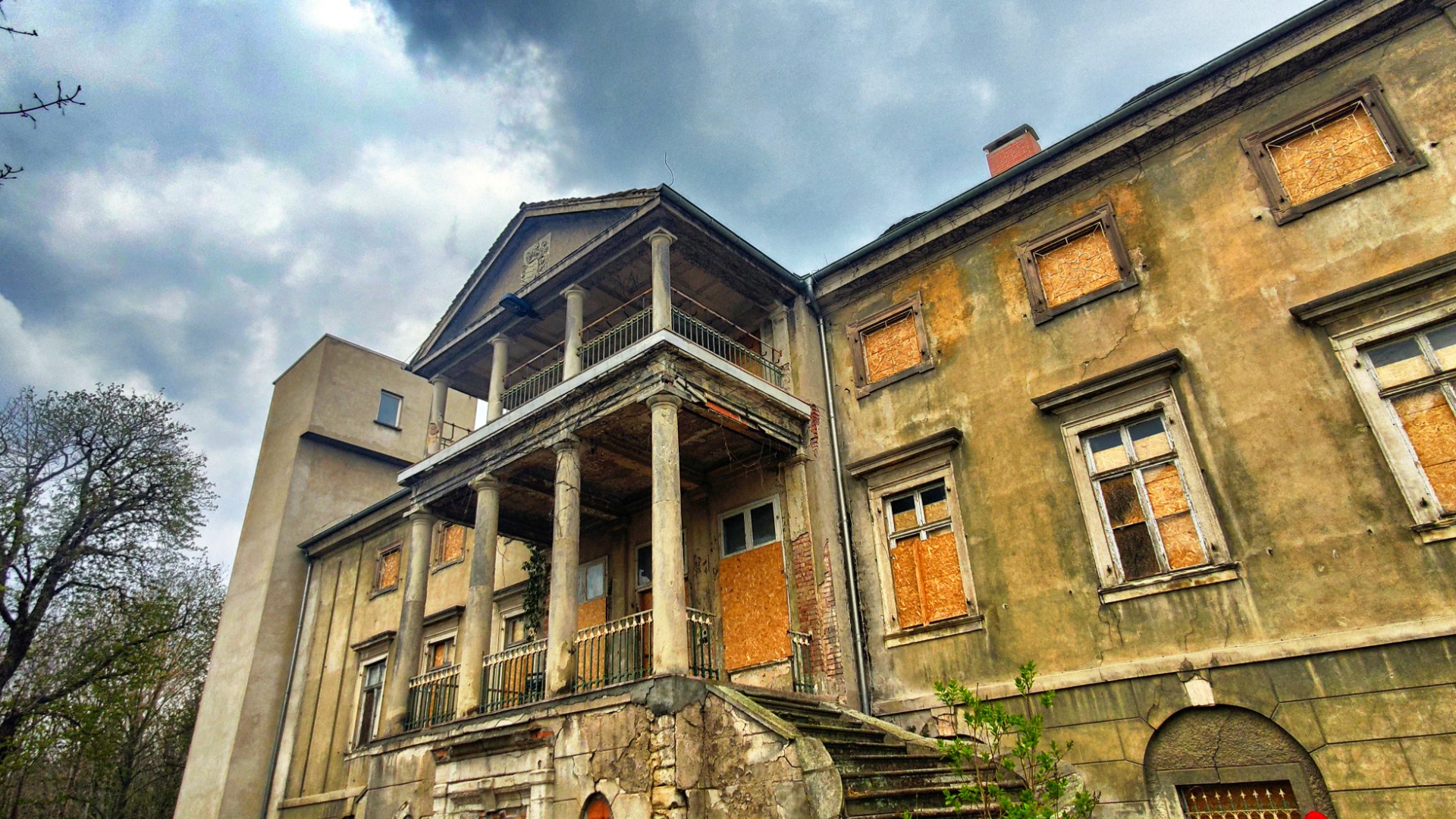Germany - once the proud nation of high-tech industry and global-exporting factories - now finds itself fringed by tales of what might have been: abandoned innovation parks, ruined industrial halls, and ambitious visions lost to decay.
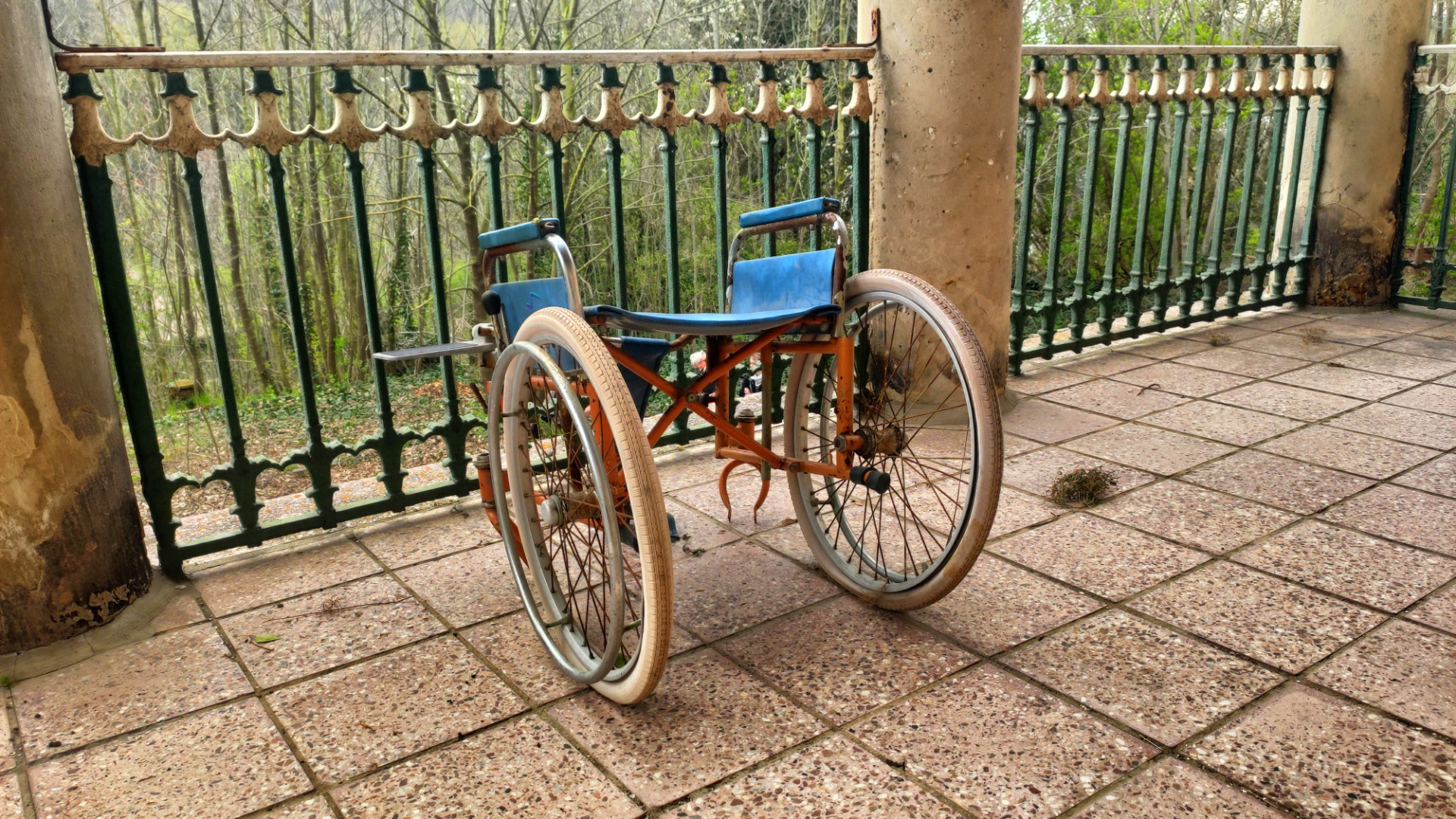
Where the Mansfeld region is at its greenest and farthest away from major roads, lovers of forgotten places have discovered a new favorite spot: Helmsdorf Manor Castle, which has been slowly decaying for a quarter of a century.
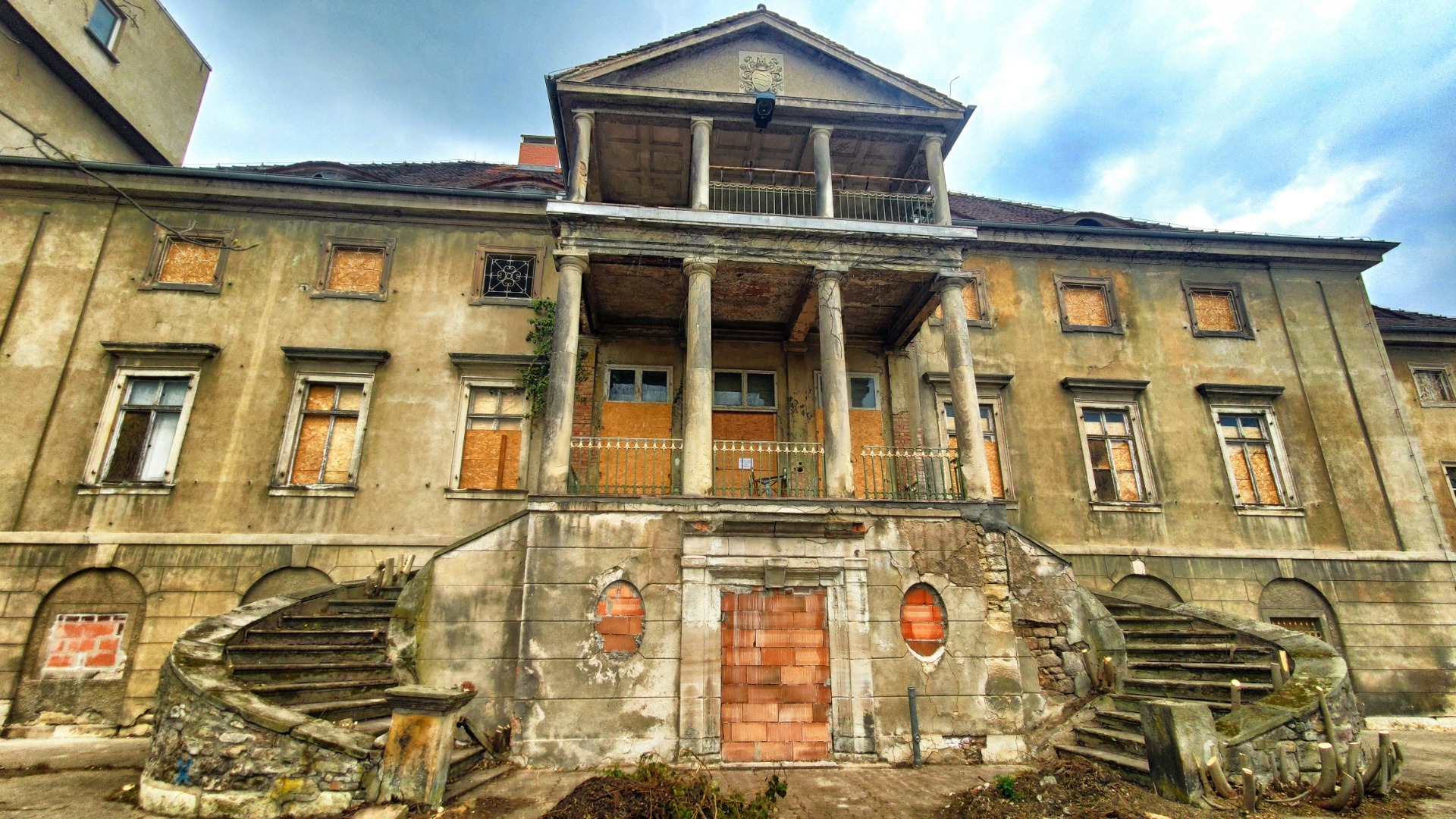
Two signs stand side by side, quietly telling the sad history of the place. One, round and weathered to a pale pink by decades of exposure, declares in the voice of another age: “Access for service vehicles only.” Behind it, bright and new, gleams a sign announcing “Castle Helmsdorf with park grounds” – a promise that, once past the gates, is fulfilled in a completely different way than visitors might expect.
Jungle with a Castle
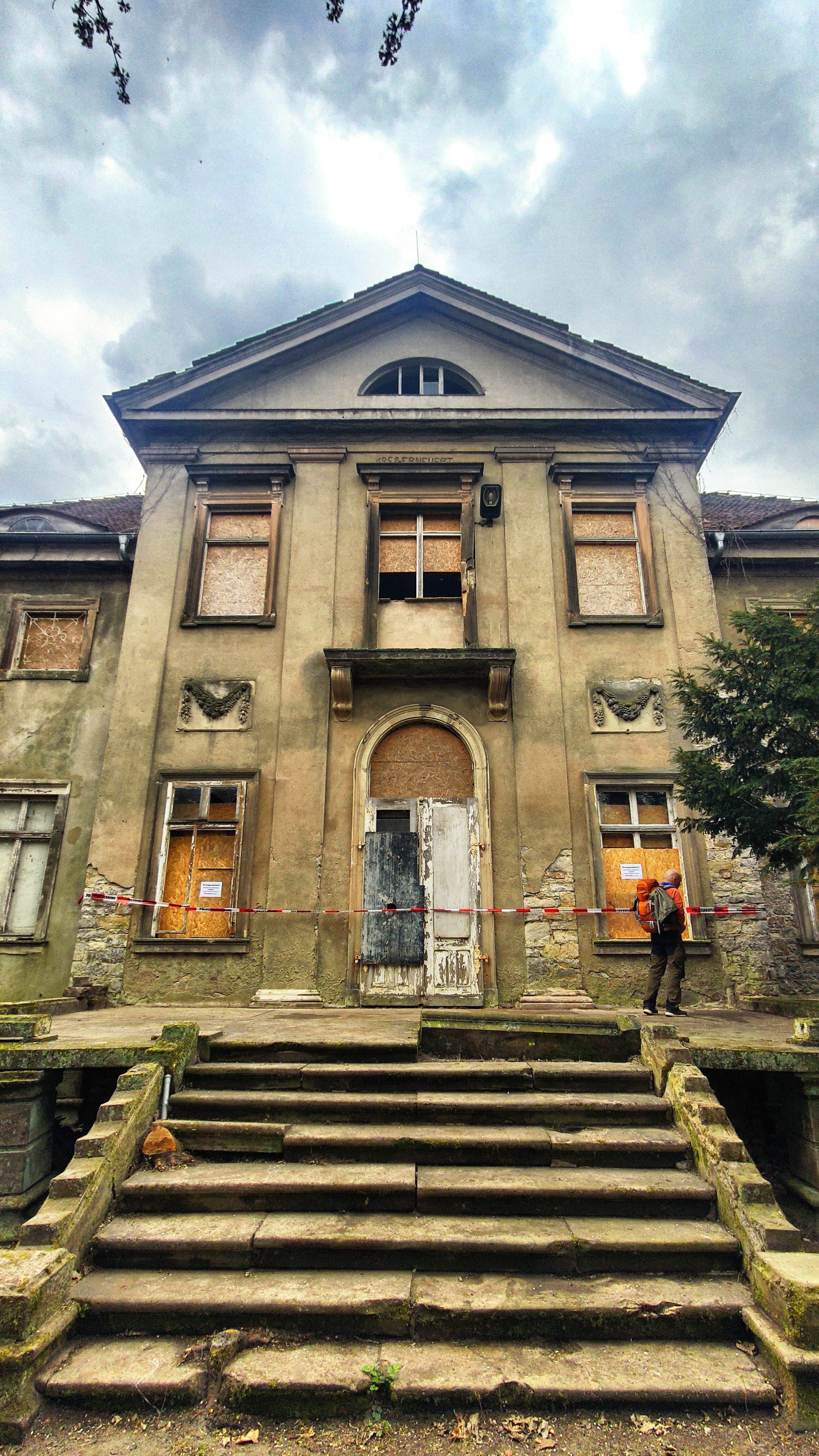
The sprawling park around the manor, built about 220 years ago, is today a jungle of wild undergrowth, overgrown paths, and fallen trees. In its midst rises Helmsdorf Castle, once celebrated as the “Mansfeld Sanssouci,” today known as “Castle Henriette,” a magnet for fans of decayed places. Visitors travel from afar just to witness the slow death of this former jewel.
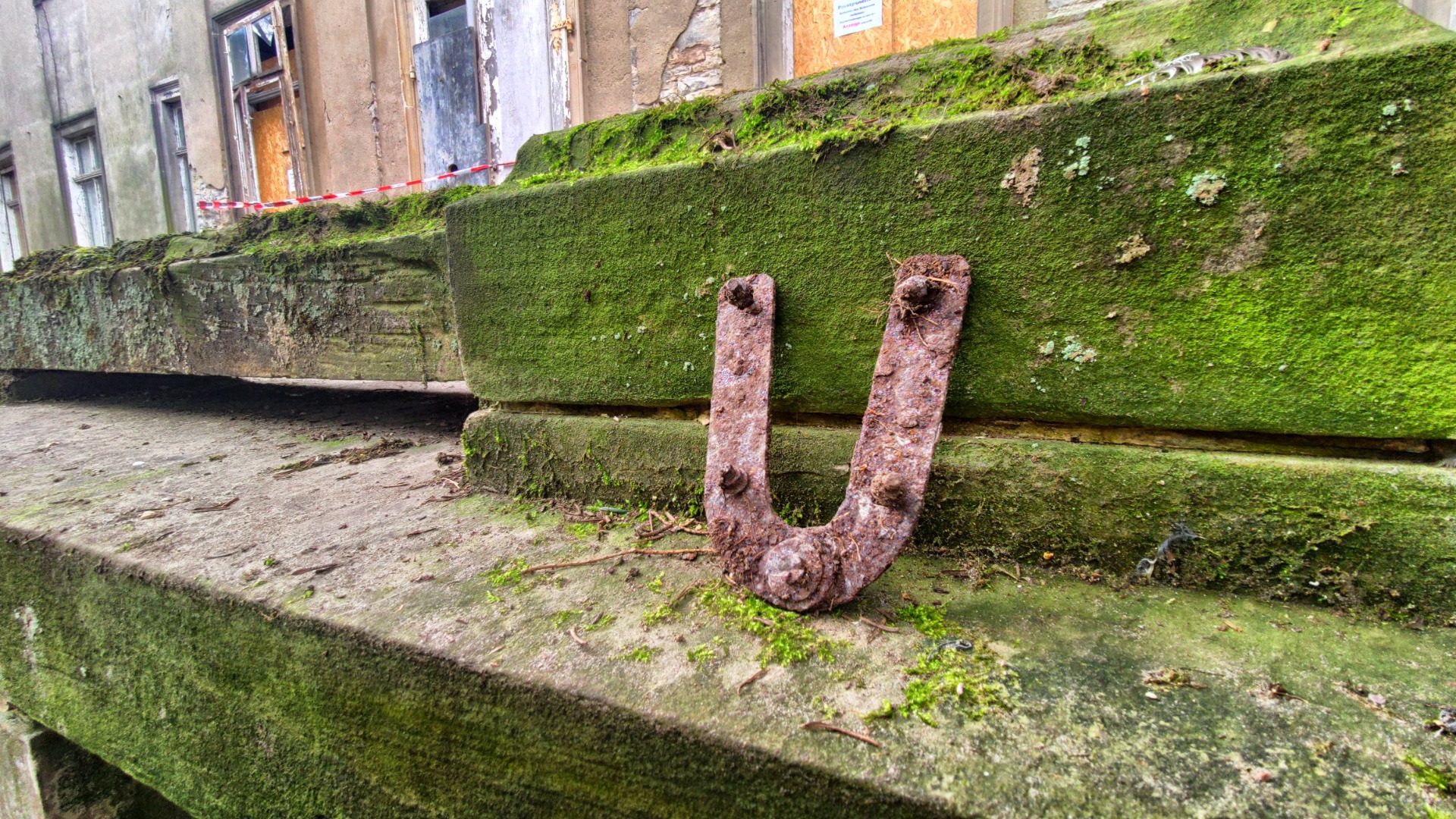
On the terrace still stands an old wheelchair – one of the eerie relics that has made the castle famous on the Internet under the nickname “House of Wheelchairs.”
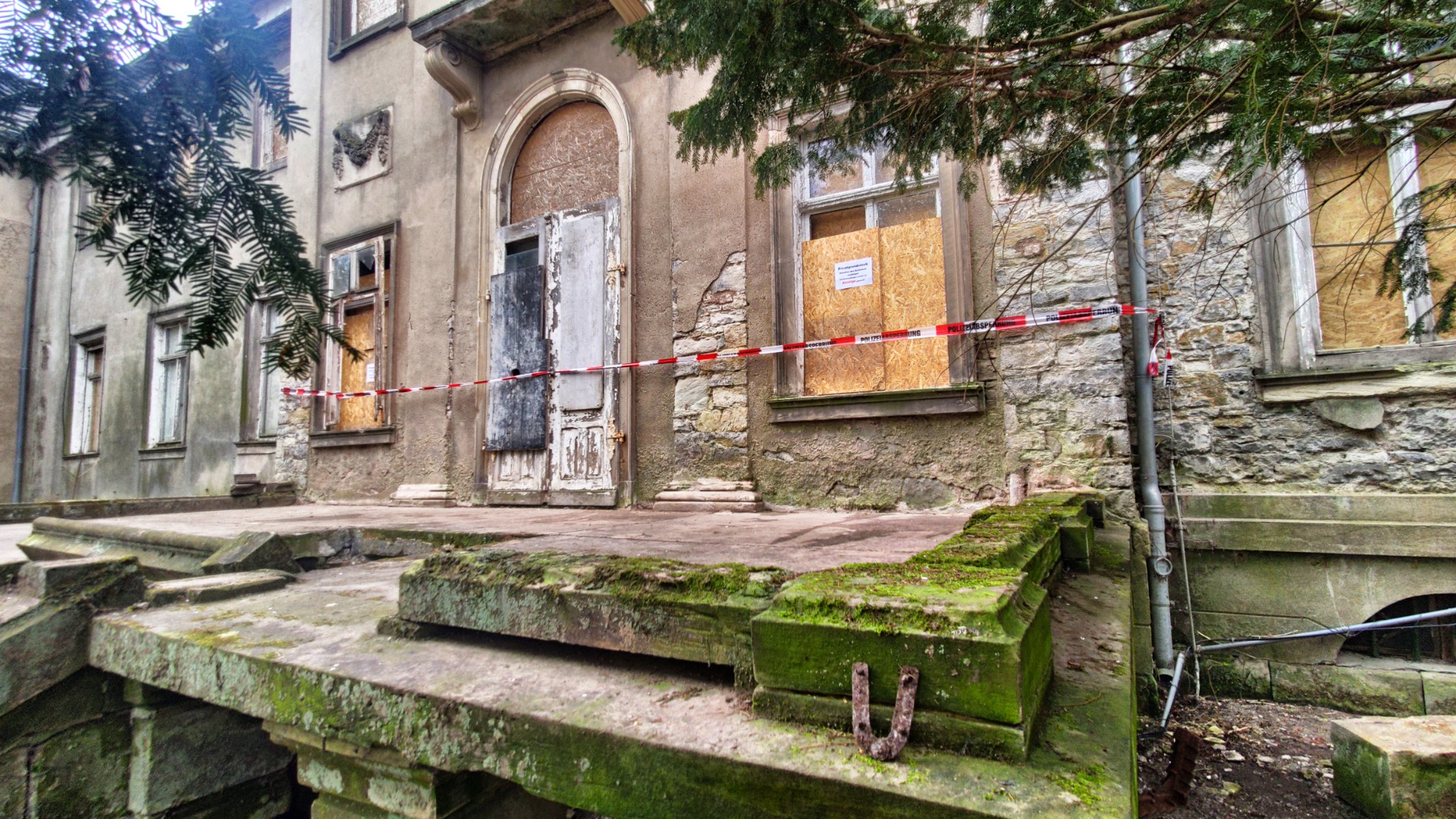
For the village residents, the visitors who sometimes throw parties here are a nuisance. For Wulf-Henrik von Krosigk, grandson of the last owner, Bernhard von Krosigk, they are a source of real pain. “Helmsdorf Castle was always such a beautiful place,” he says, “and now it is becoming more and more a ruin.”
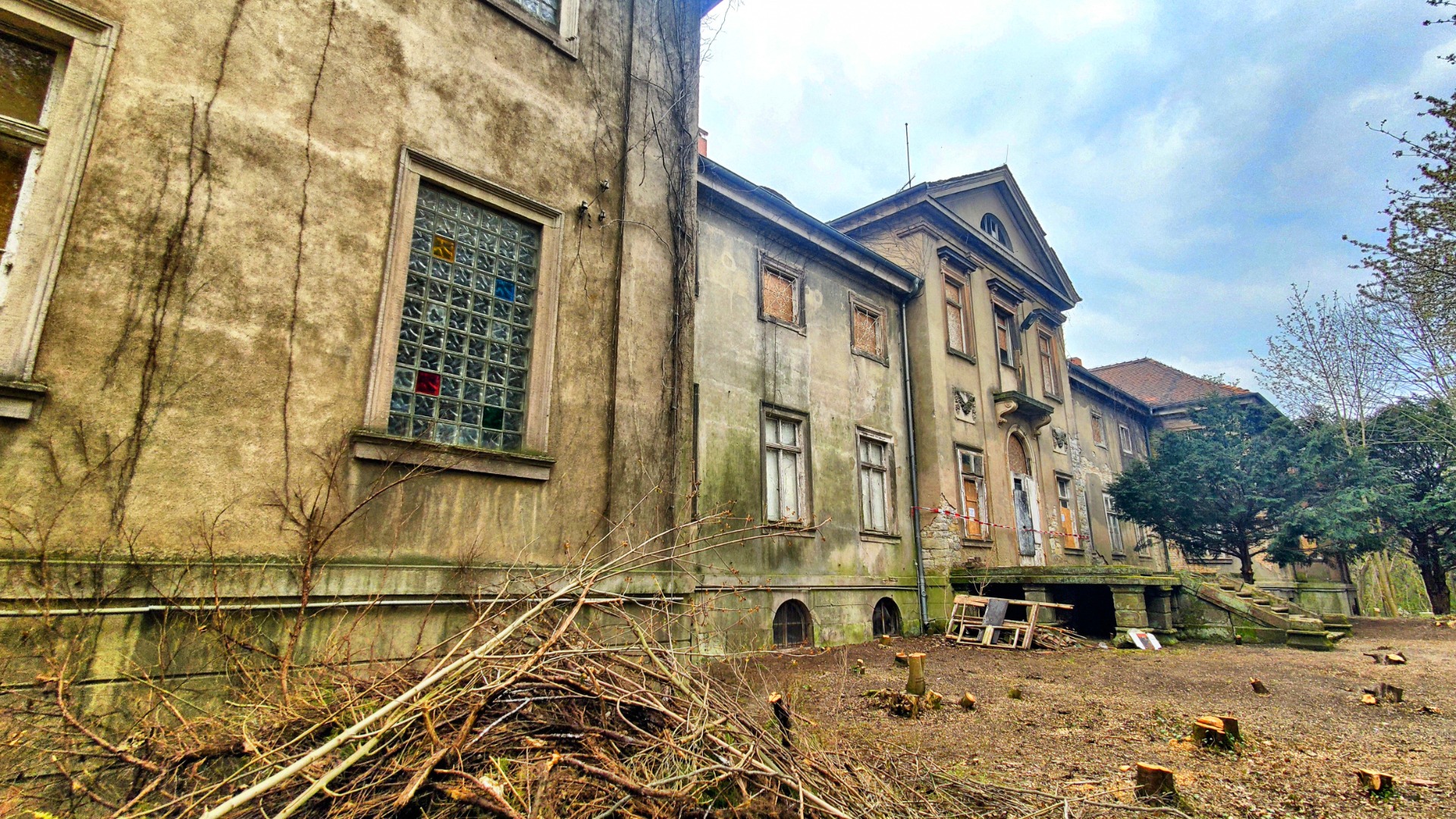
A Building Full of History
The castle in its present form dates from 1910, when architect Paul Schultze-Naumburg – later a Reichstag member for the NSDAP – remodeled it. When Bernhard von Krosigk, born in the castle, died in 1949 in Soviet Special Camp No. 2 in Buchenwald, the GDR state seized the property. Two cousins of his also died there – very likely only because of their family name.
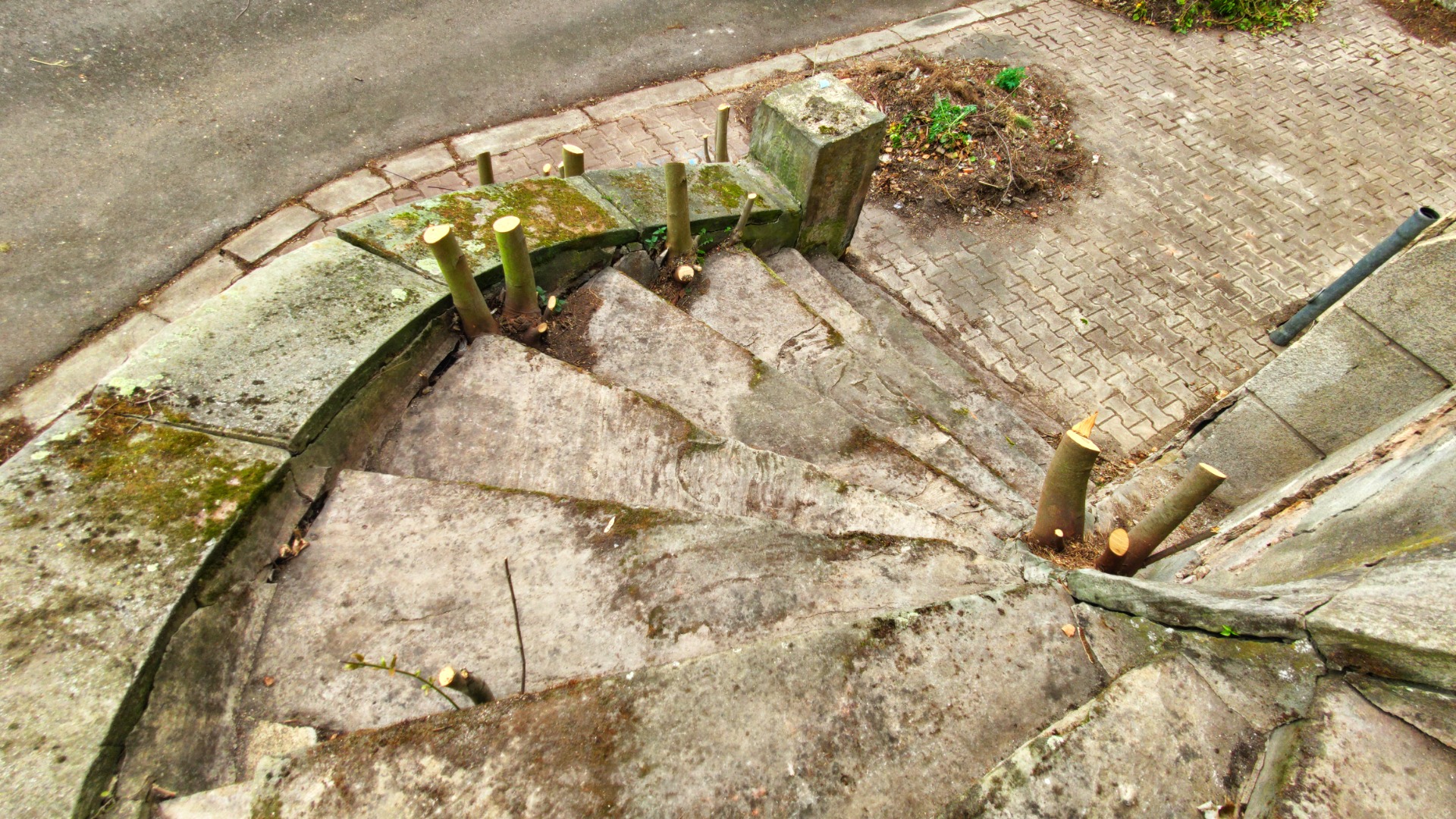
The von Krosigk family had, for centuries, provided generals, district administrators, diplomats, and politicians. The most famous among them was Count Schwerin von Krosigk, Hitler’s finance minister, who even Joseph Goebbels allegedly praised as a “civil servant we can make good use of.”
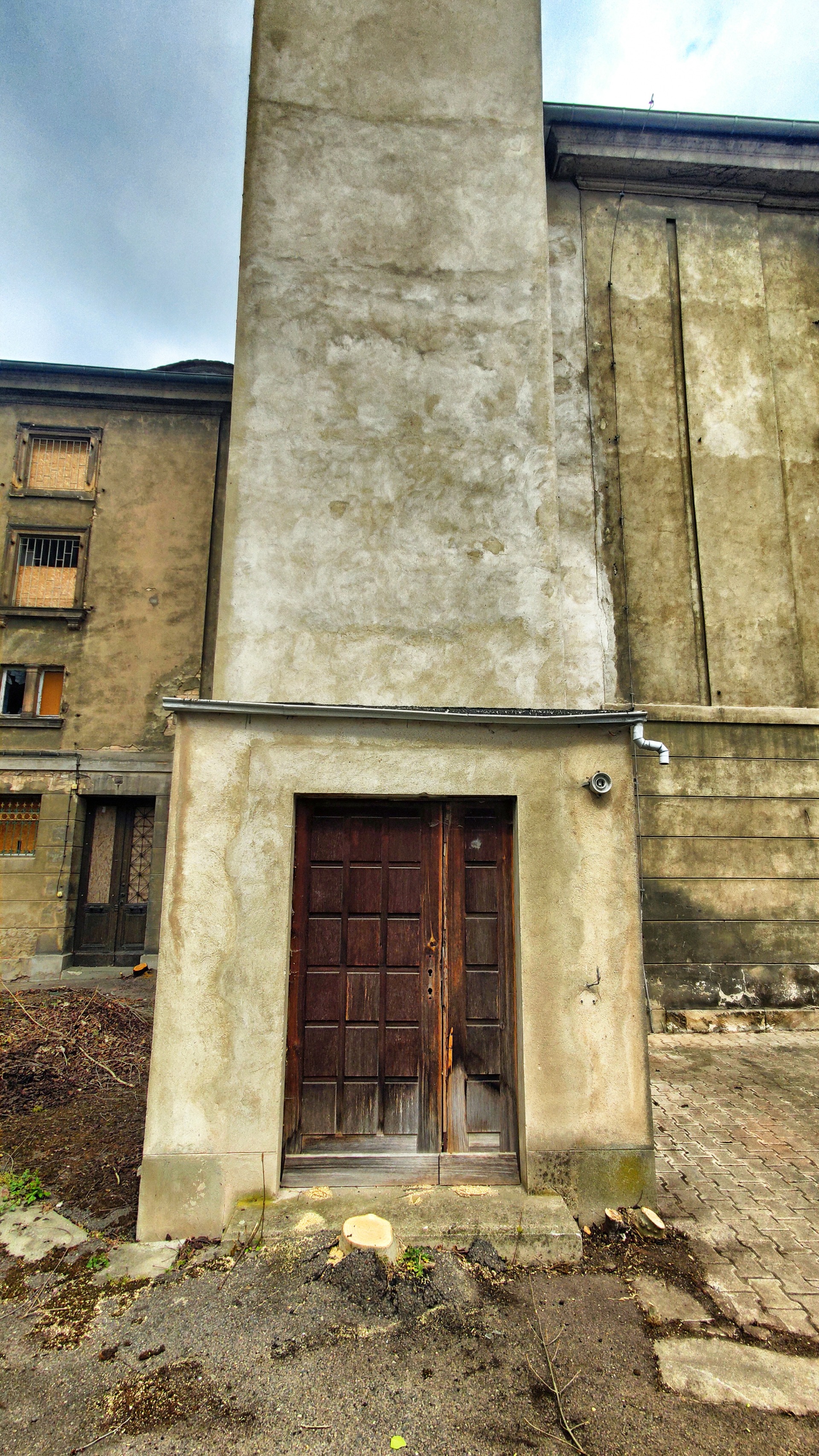
He was the man who financed rearmament, the war, and the Holocaust. At the end of the war, he was also the one who announced the Wehrmacht’s surrender on the Reich radio station in Flensburg. Arrested afterward, he was tried as a war criminal and sentenced to ten years, but released already in 1951.
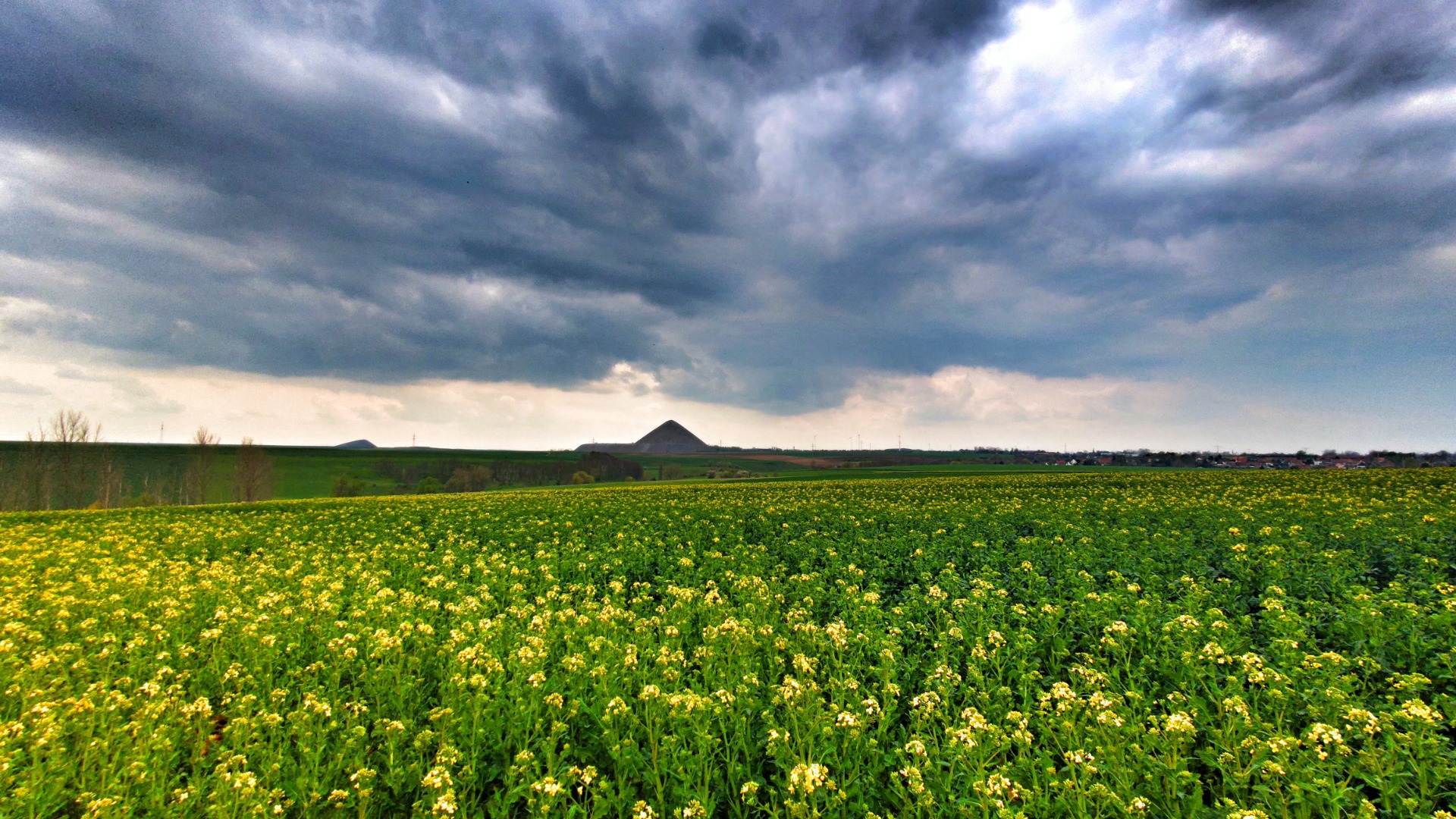
A House in Collective Punishment
By then, the Mansfeld branch of the family had long lost everything. In the GDR, Helmsdorf Castle was turned into a retirement home. In front of its once imposing facade rose a clumsy elevator shaft of bare concrete. The family crest survived – though right beside it, crudely scratched into the plaster, the inscription “Renewed 1958.”
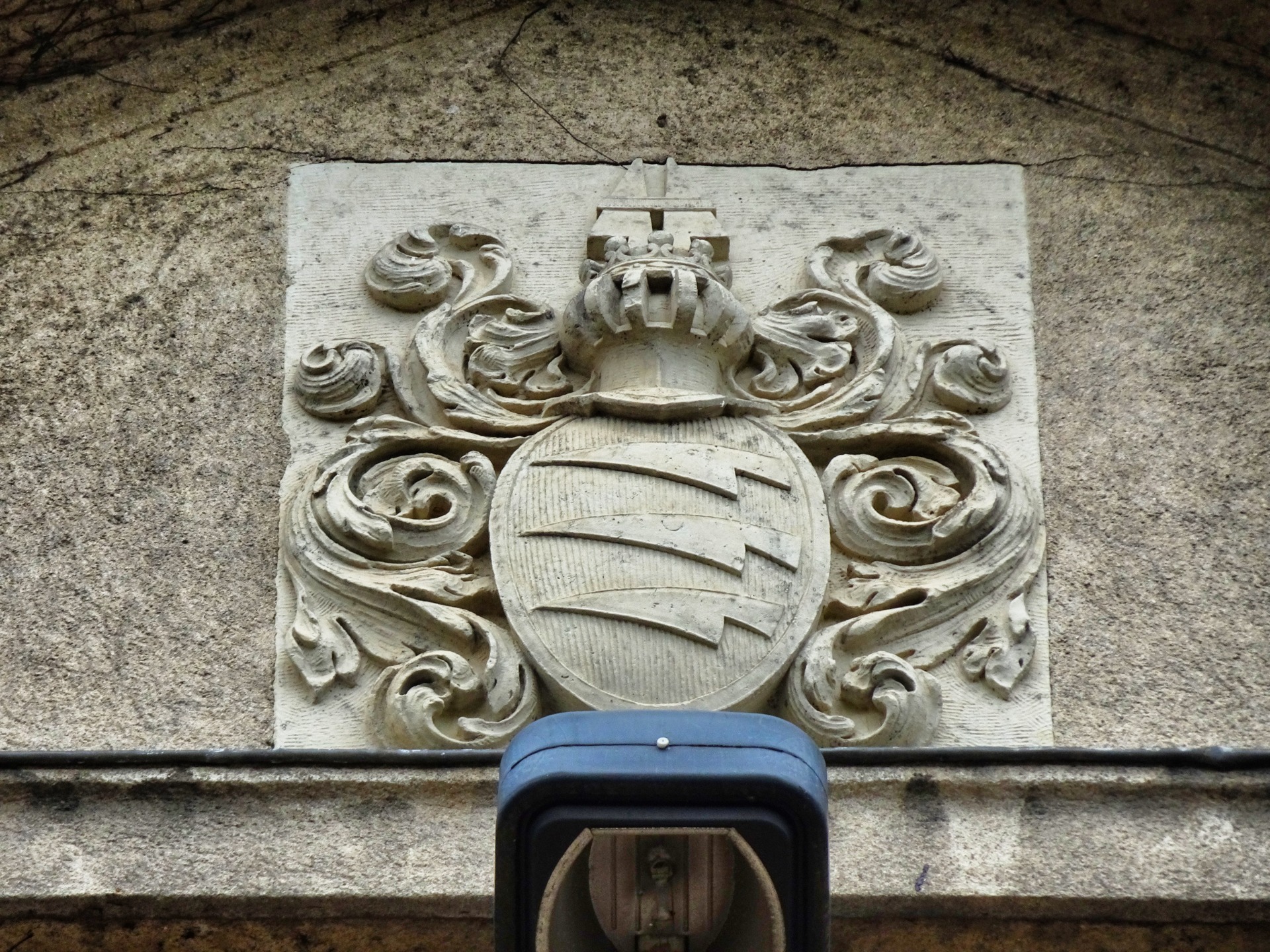
A local legend tells of family treasures discovered in a bricked-up cellar, only to vanish without a trace, supposedly while being transported to a state collection point.
Wulf-Henrik von Krosigk and his father watched with growing concern as their ancestral seat, once said in an old report to “gaze serenely down into the valley,” slipped into ruin. After the fall of the Berlin Wall, the family’s applications for restitution were denied.
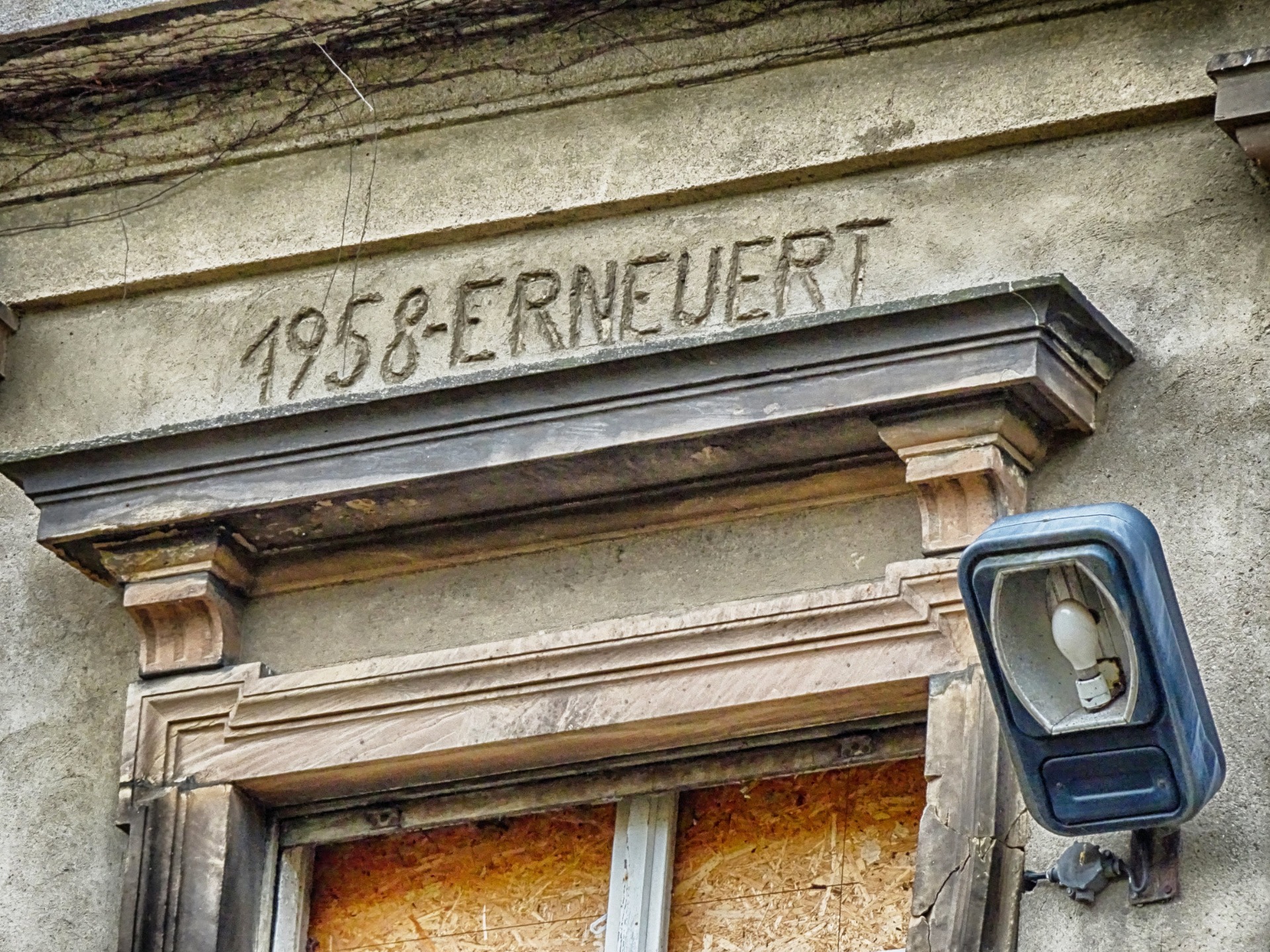
“We would have been willing to continue running the home,” von Krosigk says. Instead, the Treuhand privatization agency carved up and sold the property. “Some buyers were interested only in cutting down the timber.”
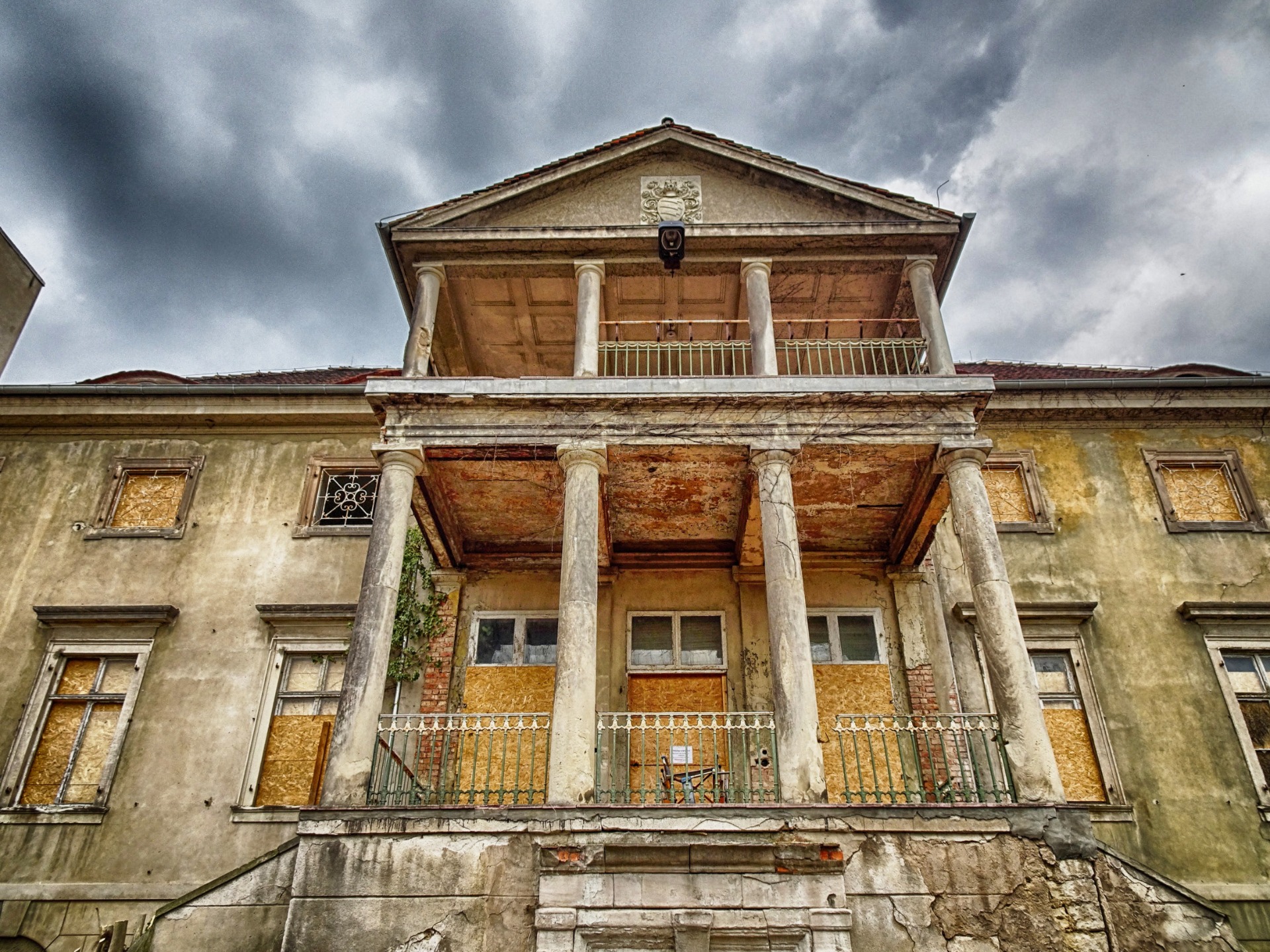
Abandoned Legacy
Thirty years ago, the retirement home was hastily vacated. Beds, cupboards, lamps, clothes, stacks of documents – everything was left behind. To this day, a single wheelchair stands forlorn on the entrance terrace, enduring wind and weather.
Thus, what was once the “Mansfeld Sanssouci” has become one of central Germany’s best-known lost places – a ruin rich in history, drawing curious visitors, while the descendants watch in sorrow as their heritage crumbles.
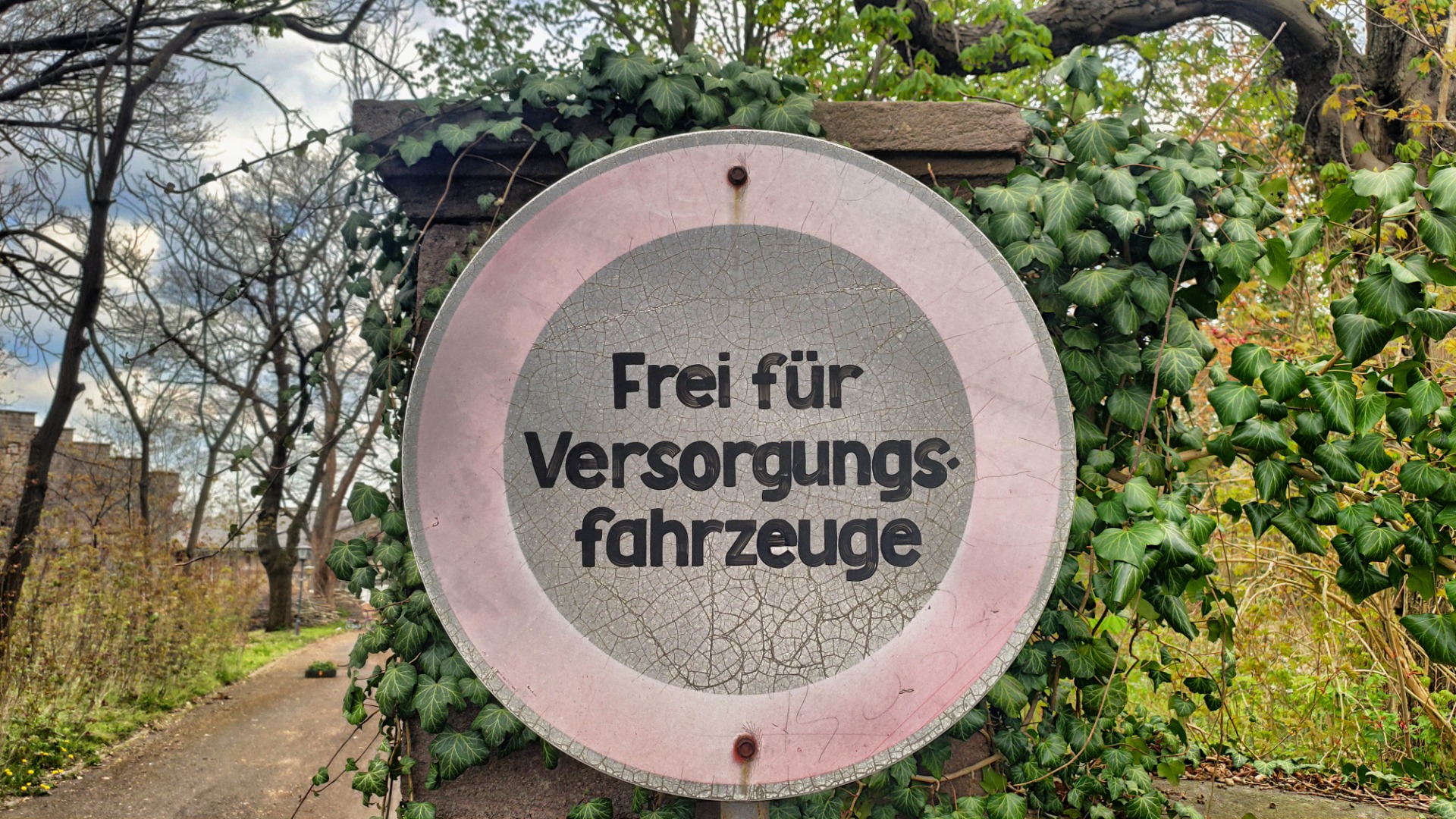
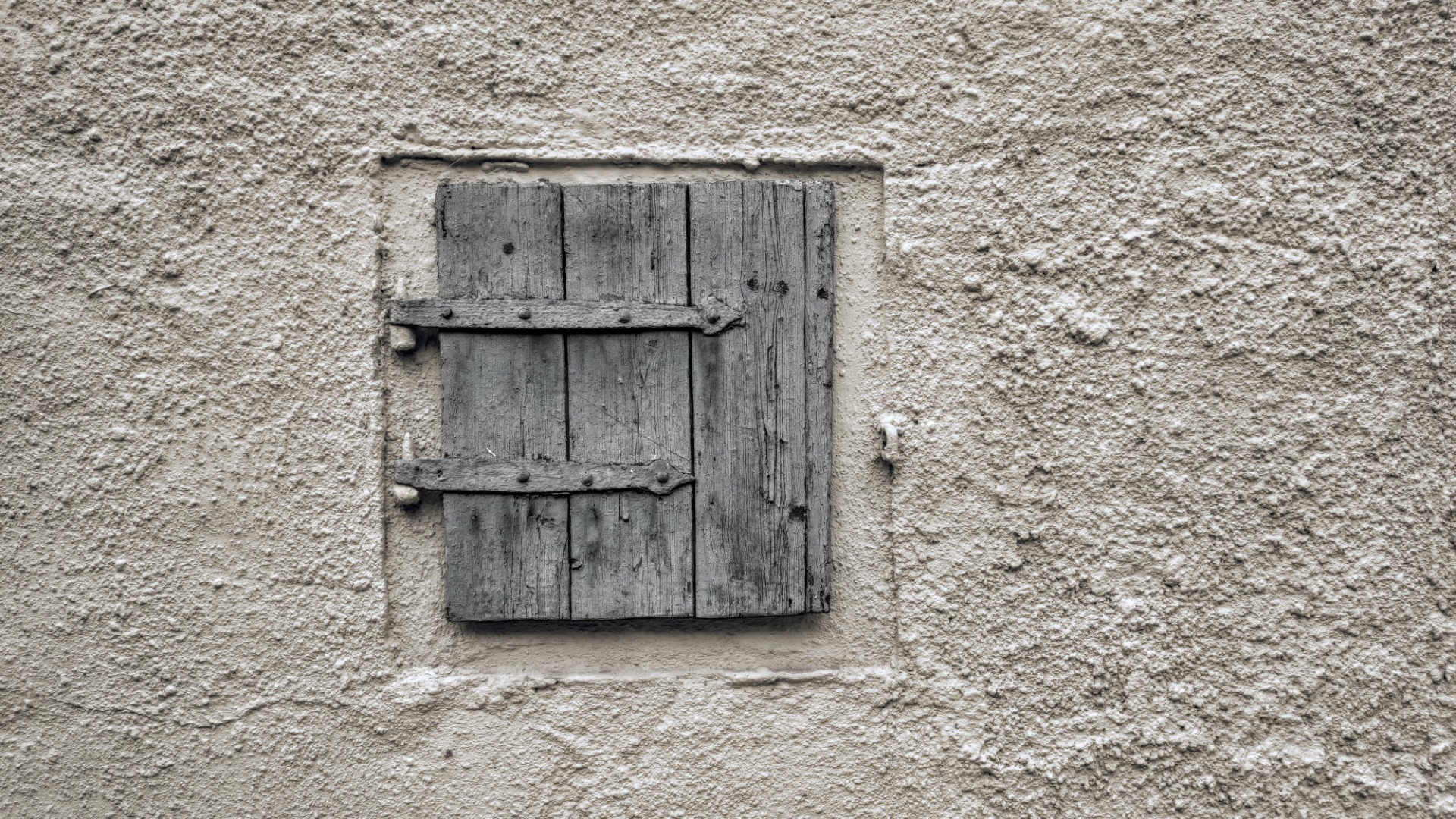
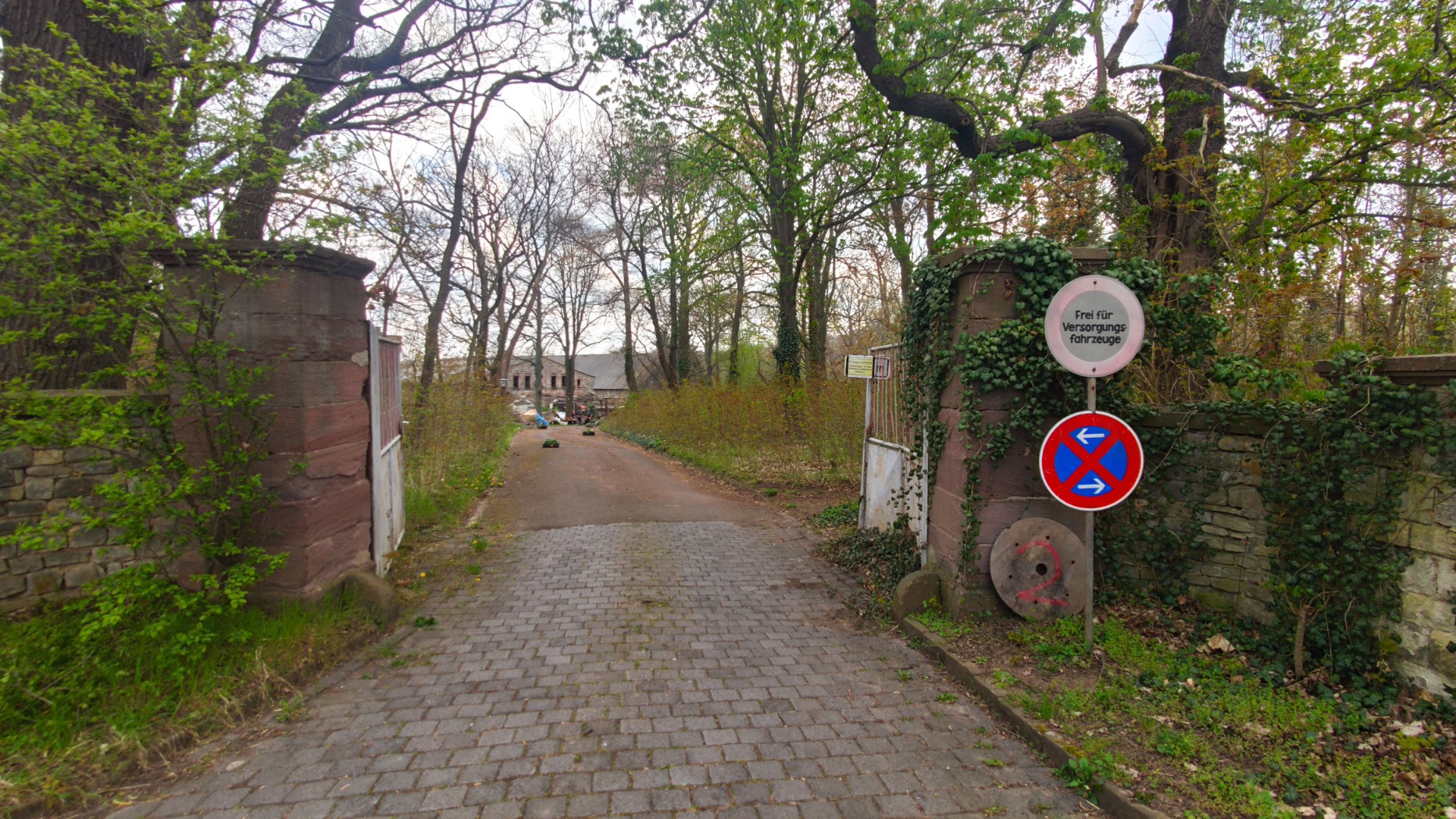
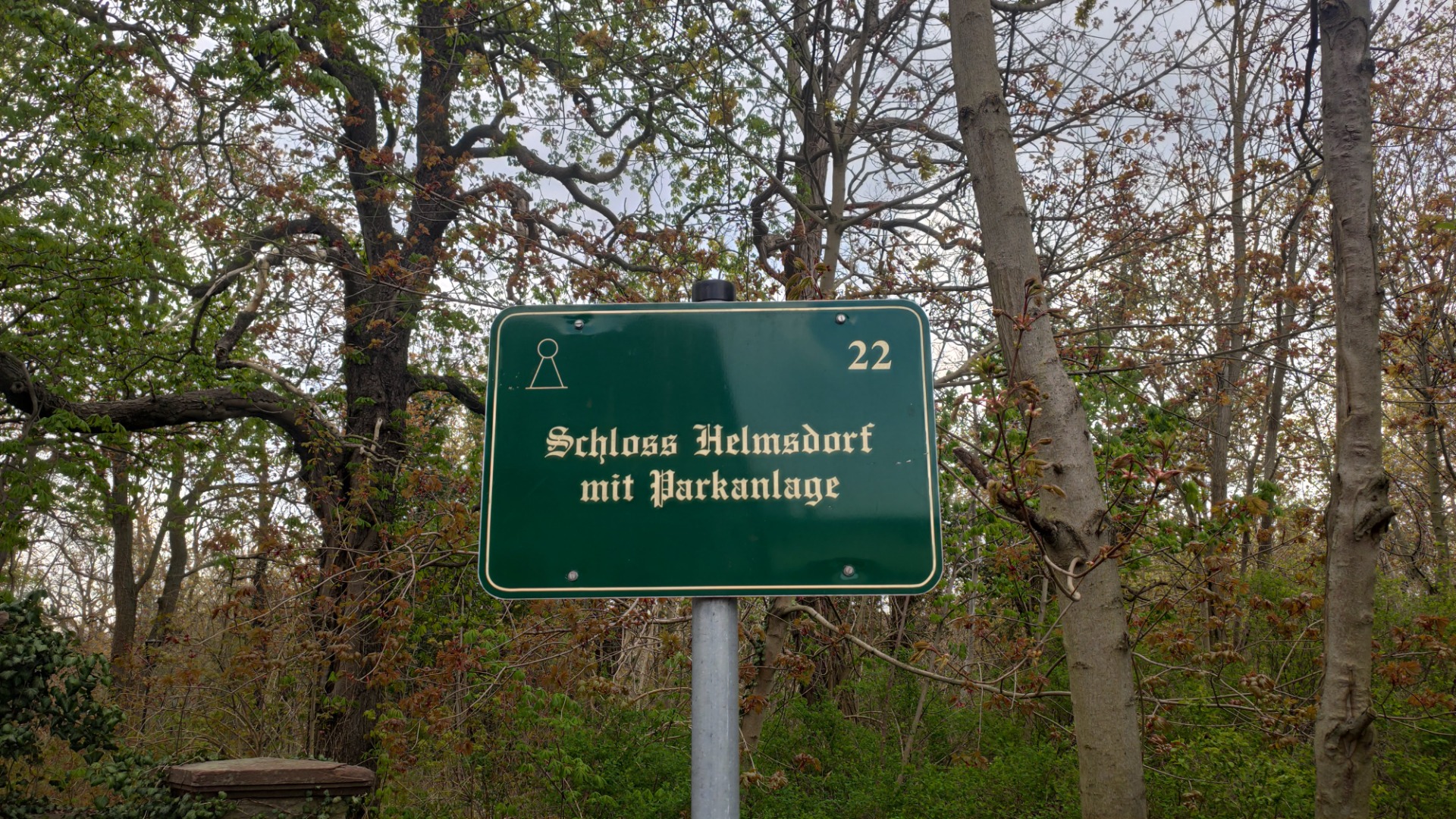
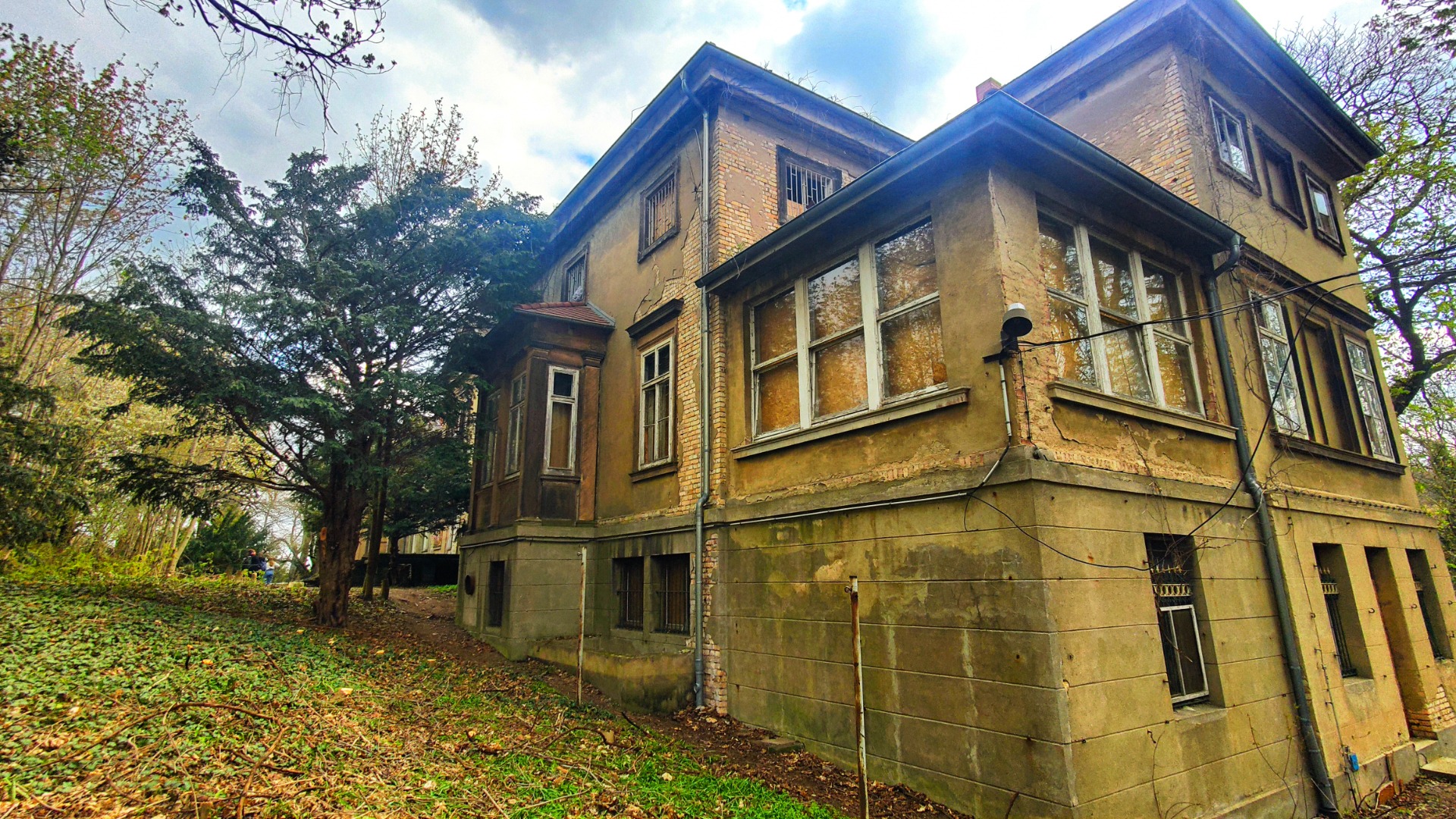
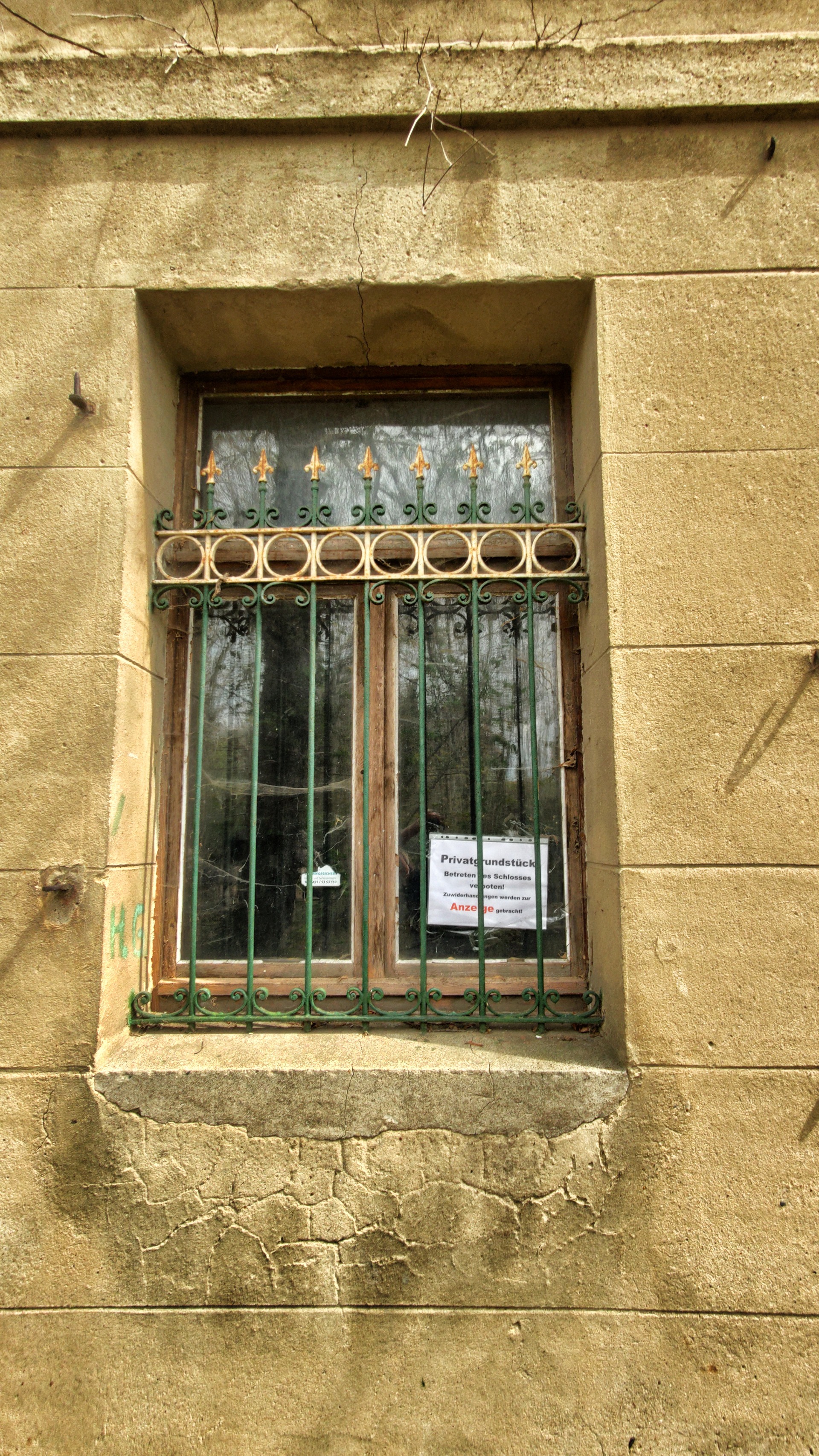
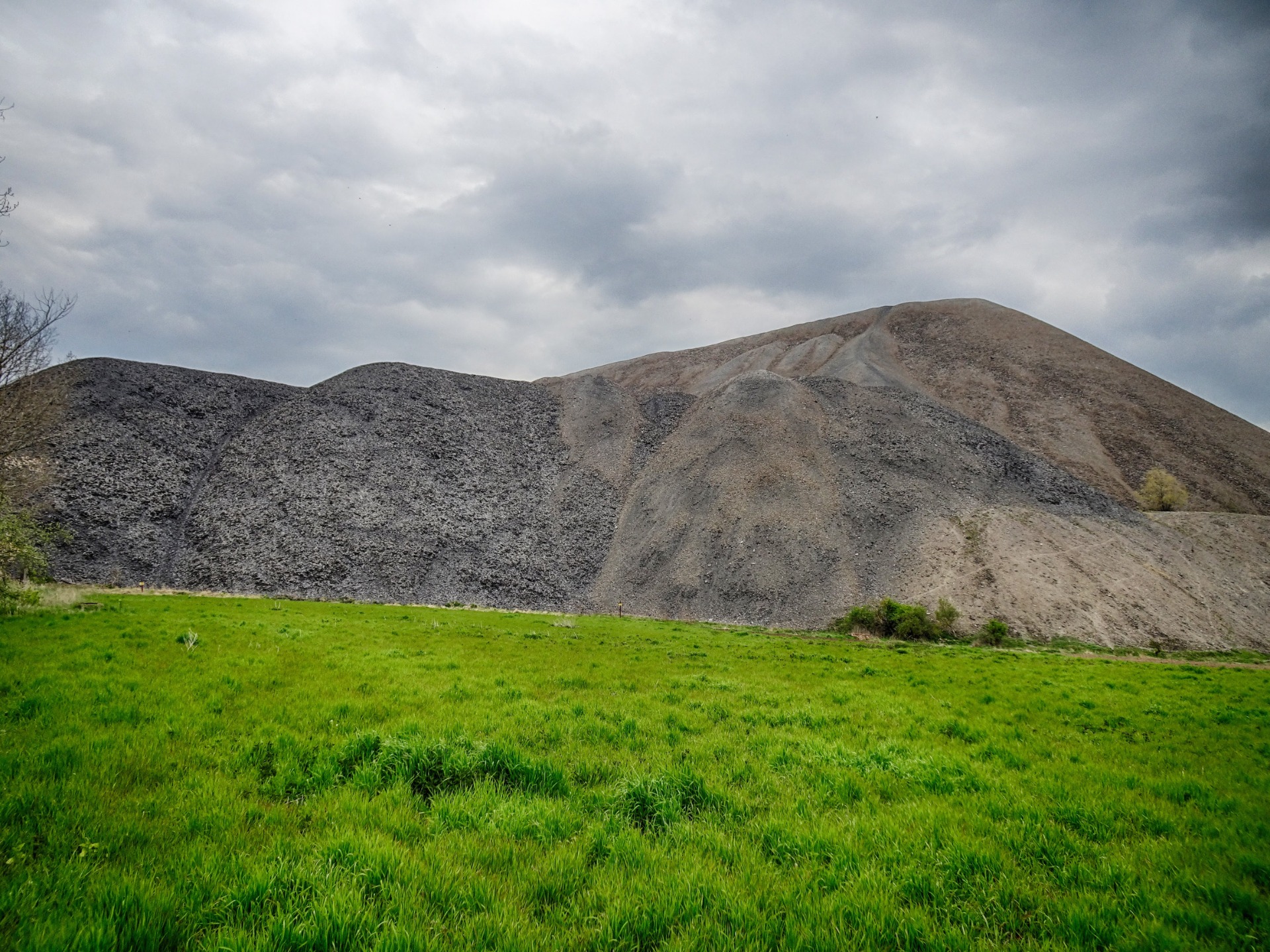
View this post on TravelFeed for the best experience.
